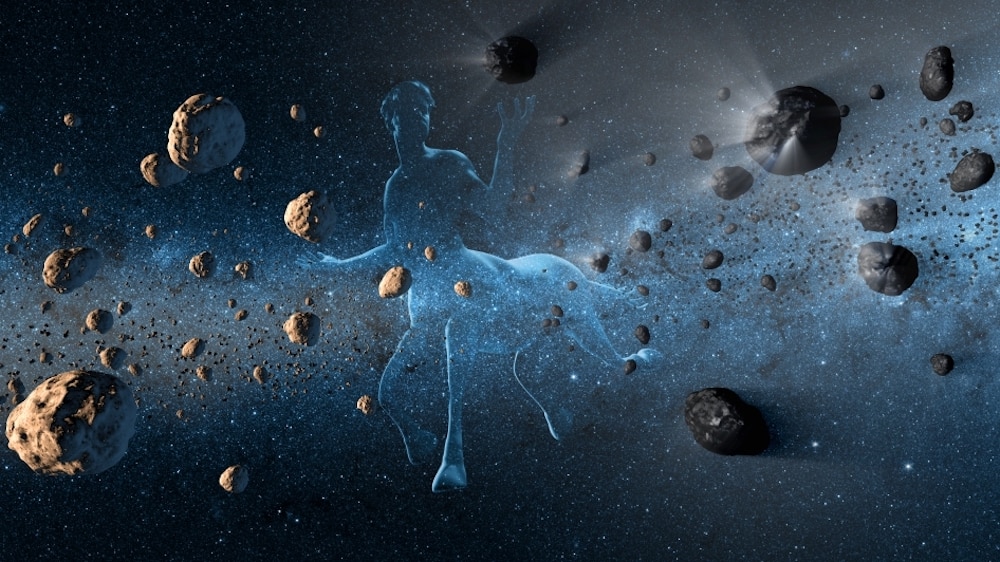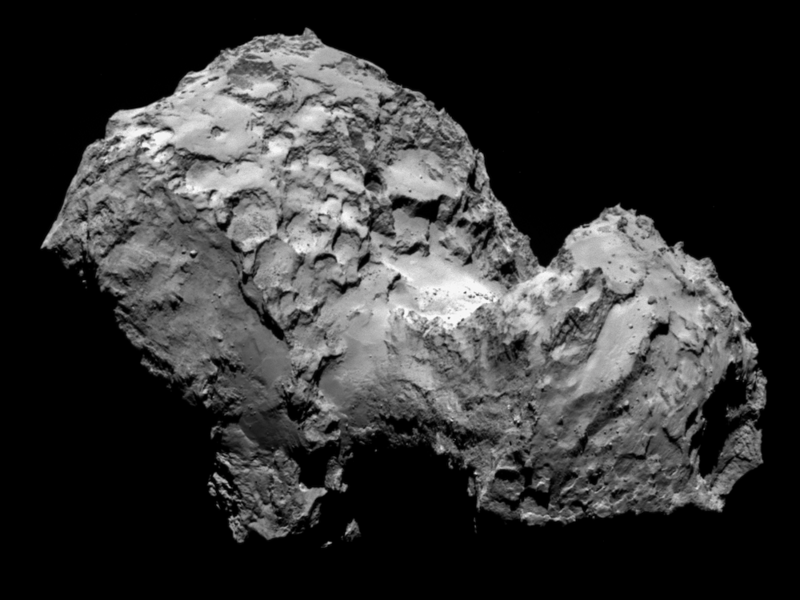Create a free profile to get unlimited access to exclusive videos, sweepstakes, and more!
How comets spawn could finally be demystified by a possible mission to a Centaur
Researchers are now proposing a mission that will watch a Centaur evolve from asteroid to comet.

What exactly happens when comets form in the outer reaches of the solar system is something that has eluded us so far. That might be about to change.
Centaurs are frozen planetesimals, or space rocks that didn’t quite make it to planetary status when the solar system was forming. Unstable orbits take Centaurs past gargantuan bodies like Jupiter and Saturn as they journey around the Sun, and interactions with the immense gravitational force of these planets push them around. It is thought that they were scattered out of the Kuiper belt and might eventually be kicked out of the solar system.
Another possibility is that Centaurs are headed the other way — to becoming Jupiter-family comets, which are born in the Kuiper belt but eventually migrate to Jupiter’s orbit. This is what happened to the first Centaur ever detected. Known as Chiron, it started life as an asteroid before it developed a coma (the tail of a comet). It is the mashup of asteroid and comet that gave the Centaurs their name, after the mythical creature that is half-human, half-horse.
Now a team of researchers led by Darryl Seligman of the University of Chicago is proposing a mission that will watch a Centaur evolve from asteroid to comet. Their work was recently accepted for publication in The Planetary Science Journal.
“What our study has demonstrated is that objects can get scattered from the Centaur region into the inner solar system by either a direct scattering event off of Jupiter, or by longer-distance gravitational perturbations from Jupiter and Saturn,” Seligman told SYFY WIRE.
It has been notoriously difficult for astronomers to figure out why comets in the solar system get caught in short-period orbits, which are less than 200 years. Long-period comets emerge from the distant Oort cloud, while short-period comets are trans-Neptunian objects that tend to wander around further inside the solar system. What makes them turn into short-period comets has remained a mystery because of all the chaos going on within the Centaur region between Jupiter and Neptune. Simulations that predict how and why they migrate can only tell so much.
What Seligman and his team want to do is send out a spacecraft that catches a Centaur while it is still an asteroid and then watches its transition into a comet. The spacecraft will then follow the comet into the inner solar system, and probably into the Jupiter family of comets, since most of them are thought to have started out as Centaurs. The researchers especially have an eye on LD2, an object that has never traveled to the inner solar system, meaning it is pristine enough to be a time capsule for some of the earliest evidence of planets coming into being.
“If we caught LD2, we would get a closeup of what an object looks like between the Kuiper belt stage and the Jupiter family comet stage,” said Seligman. “The Centaur population offers us the chance to understand how different ices start sublimating at different distances from the Sun, and what this does to the surface of comets and other minor bodies.”
Arrokoth is one of those bodies. The Kuiper belt object which vaguely resembles BB-8 was initially discovered by the New Horizons mission, and has a similar formation history to the comet 67P (above), a former Kuiper belt object that is now a Jupiter-family comet. Both 67P and Arrokoth are thought to have formed similarly. While Arrokoth is very obviously a contact binary (usually associated with stars), in which the objects orbiting each other eventually merged, it is possible that 67P also started from one. What happened afterward made their surfaces so different.
Indeed, 67P has been through things. Its surface has been wracked by erosion because of cometary activity, especially ice sublimating, or morphing directly from a solid to a vapor. Nothing like that has happened to Arrokoth, and nobody knows if it ever will, though it isn’t impossible. Being able to study a Centaur may finally reveal how different types of ices sublimate depending on how far away the object is from the Sun. Frozen water, carbon dioxide, and carbon monoxide are the most common volatiles found on comets, and they all freeze and sublimate at different distances.
A mission to LD2 or another Centaur could give further insight into the erosion that happens on Centaurs and other icy objects, maybe even interstellar bodies if they stick around long enough. Seligman wants to understand how an Arrokoth-like object can erode as much as 67P.
“This evolution must be driven by the onset and evolution of cometary activity,” he said. “The mission we are proposing would give us a chance to examine what the Centaur looks like before violent activity has started, and then monitor the evolution of the activity and surface features until it looks like 67P.”
Watch out, Arrokoth. You might get beat up by ice erosion in the future.



























